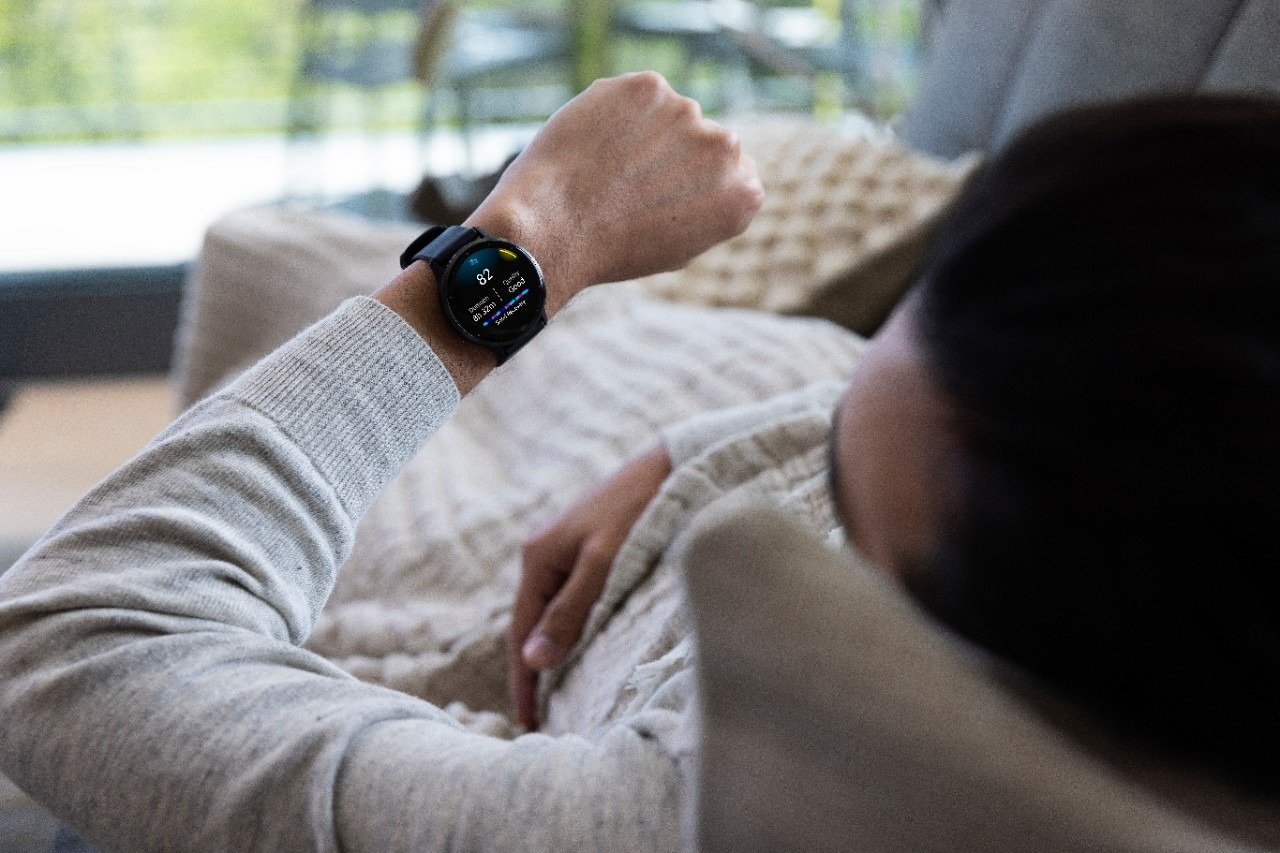
Garmin Smartwatches Track More Sleep Data
Sleep is important for everyone. Whether you’re a high-performance athlete or just looking to better your health, sleep is something that you shouldn’t neglect. After all, we spend a third of our lives trying to catch some z’s.
But what do you really know about how you sleep?
You might go to bed and wake up at proper times, but does that mean your body is getting enough rest? What does your REM cycle look like? What the heck is a REM cycle? How steady is your breathing and heart rate? Obviously, it’s difficult to know all of this, and stressing about it just leads to … well, less sleep.
That’s why our smartwatches offer advanced sleep monitoring. What’s more, the long-lasting battery life of our smartwatches ensures that you don’t have to worry about charging so you can keep your Garmin smartwatch on to monitor your sleep.
Here is a breakdown of the four types of sleep-related data that our smartwatches measure, and why they’re important:
Sleep Stages
In a normal night of sleep, you will cycle through the different sleep stages: light sleep, deep sleep and REM (rapid eye movement) sleep. Each of these stages are essential for proper rest and recovery, and Garmin wearables can determine which stage you’re in and for how long based on your heart rate, movement and heart rate variability1.
Movement
Do you wake up with your blankets and pillows all over the place? You might not even be aware of it, but frequent tossing and turning could indicate that your nights are more restless than restful. Garmin wearables track your nighttime movement and use it to determine if you’re getting enough rest.
Respiration
Tracking your breathing when you sleep is just as important as when you’re awake. Garmin smartwatches help you monitor your respiration rate throughout the day and night. In fact, our respiration tracking actually works better at nighttime than it does during the day because you are moving less, so you’ll be able to see your average breathing rate per minute while you sleep.
Pulse Ox
Pulse Ox1 gauges your blood oxygen saturation levels. You might think this is only important for mountaineers or deep-sea divers, but it also has applications for everyday use. Using the Pulse Ox feature on your Garmin smartwatch can help you monitor and improve your overall health.
Every morning, you can find a full picture of how you slept the night before on the Garmin Connect™ app2. It’s important to wear your Garmin smartwatch to bed each night, because sleep tracking adds valuable insights to other metrics like your energy levels, training and more.
1This is not a medical device and is not intended for use in the diagnosis or monitoring of any medical condition; see Garmin.com/ataccuracy. Pulse Ox not available in all countries.
2When paired with a compatible smartphone; see Garmin.com/ble
NOTICE: Garmin devices and features are not designed or intended to monitor or diagnose diseases or other conditions.




